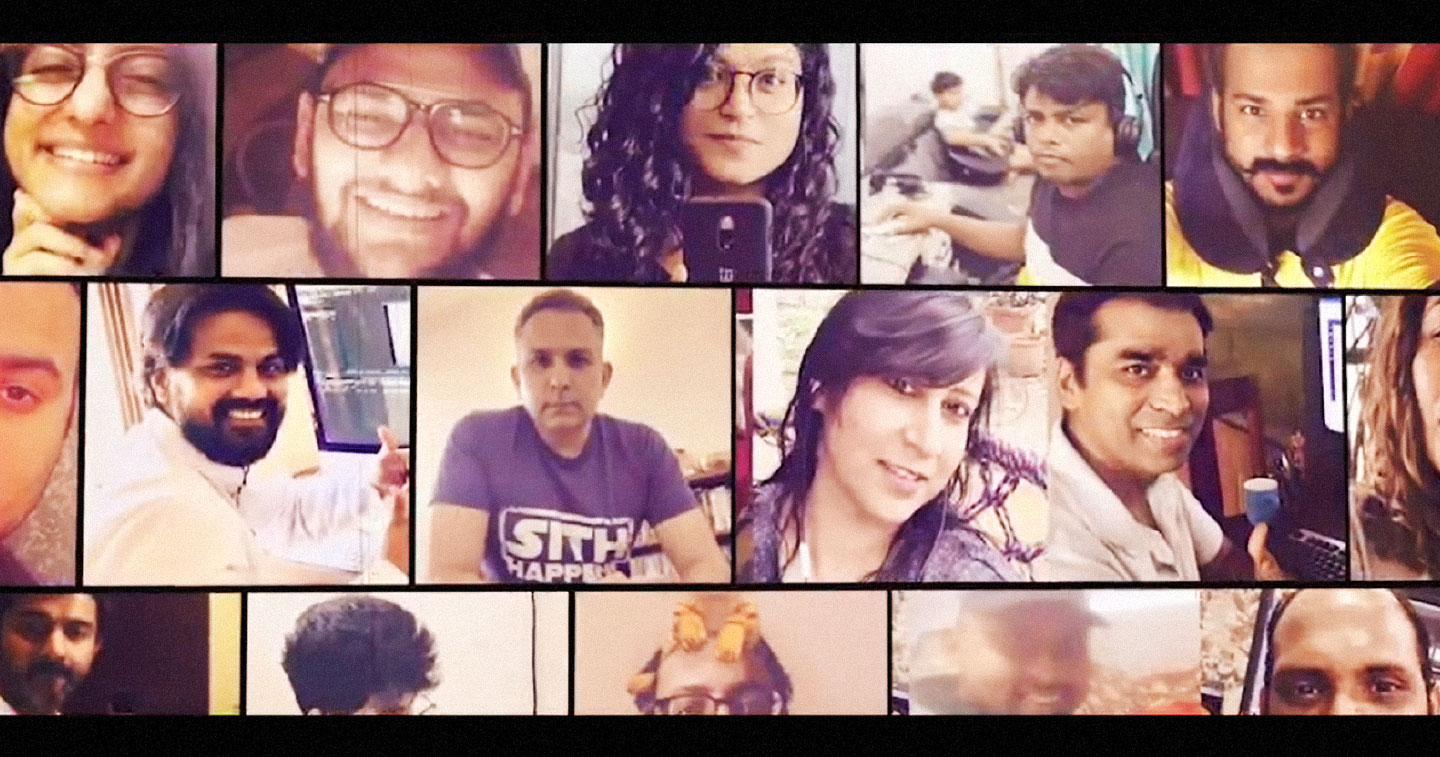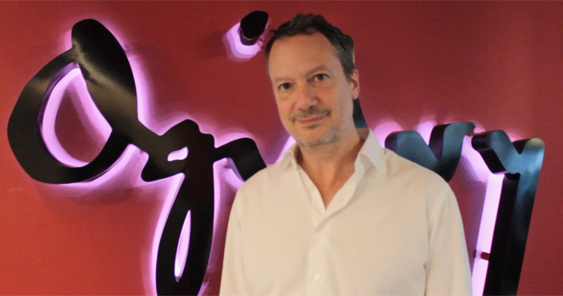21 Less than a minute

Related Articles

Maya soars higher with rebranding, shares CMO Pepe Torres in an exclusive Hot Takes interview
January 24, 2024

Music: Geometry Encompass collaborates with Ankur Tewari and Clinton Cerejo to create anthem of unity
May 19, 2020


